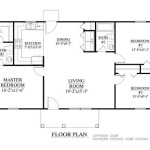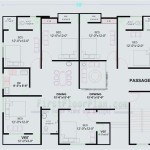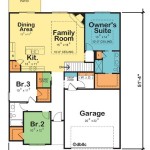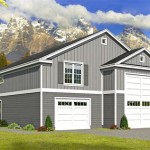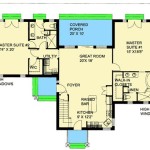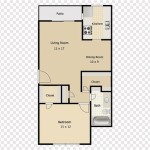Pole Building House Floor Plans
Pole building homes are becoming increasingly popular due to their affordability, durability, and adaptability. These structures utilize sturdy poles anchored into the ground instead of traditional foundations, providing a flexible and cost-efficient solution for various building needs.
When designing a pole building house, careful consideration must be given to the floor plan. The layout should maximize space utilization, ensure proper airflow and lighting, and provide a comfortable living environment. Here are some key factors to consider when planning a pole building house floor plan:
Space Allocation
Determine the number of bedrooms, bathrooms, and other living spaces required. Consider future needs and plan accordingly. Divide the space into distinct areas for different activities, such as living, dining, sleeping, and recreation.
Flow and Circulation
Ensure a logical flow of movement throughout the house. Design pathways that connect different areas smoothly. Avoid creating bottlenecks or dead-end spaces. Provide ample space for furniture and daily activities in each room.
Natural Light and Ventilation
Maximize natural light by incorporating windows and skylights into the floor plan. Position windows strategically to provide ample daylight and cross-ventilation. Place windows on opposite walls to promote airflow and create a more comfortable indoor environment.
Structural Considerations
Remember the structural limitations of pole buildings when designing the floor plan. The location of poles and beams will influence the layout and placement of walls and other elements. Consider the spacing and dimensions of the poles to ensure adequate support for the structure.
Customization and Flexibility
Pole building house floor plans are highly customizable, allowing for unique and personalized designs. Adapt the layout to accommodate specific lifestyle preferences, such as open-concept living, home offices, or in-law suites. The flexibility of pole buildings makes it easy to modify the plan over time as needs change.
Additional Considerations
In addition to the above, consider the following when designing a pole building house floor plan:
- Energy efficiency: Incorporate insulation and energy-efficient building materials to reduce utility costs.
- Storage: Plan for adequate storage space throughout the house, including closets, pantries, and built-ins.
- Outdoor spaces: Extend the living area by designing a deck, patio, or porch that connects to the interior.
- Accessibility: Ensure the floor plan is accessible to all occupants, including those with disabilities.
- Exterior aesthetics: Design the exterior of the house to complement the surrounding landscape and create a visually appealing home.
By carefully considering these factors, you can design a pole building house floor plan that meets your specific needs and provides a comfortable, functional, and aesthetically pleasing living space.

Images Barn Homes Floor Plans Pole House Barndominium

Pole Barn Homes Beehive Buildings

Pole Barn Home Plans Design Cad Pro

Pole Barn House Plans Post Frame Flexibility

Pole Barn House Plans

Pole Barn House Floor Plans Barns Shed Home Transpa Png 1192x800 Free On Nicepng

Pole Barn Homes 101 How To Build Diy Or With Contractor

Barndominium Plans Stock And Custom S Faqs Tips

Floorplans Archives Hansen Buildings

Pole Barn House Plans Post Frame Flexibility


